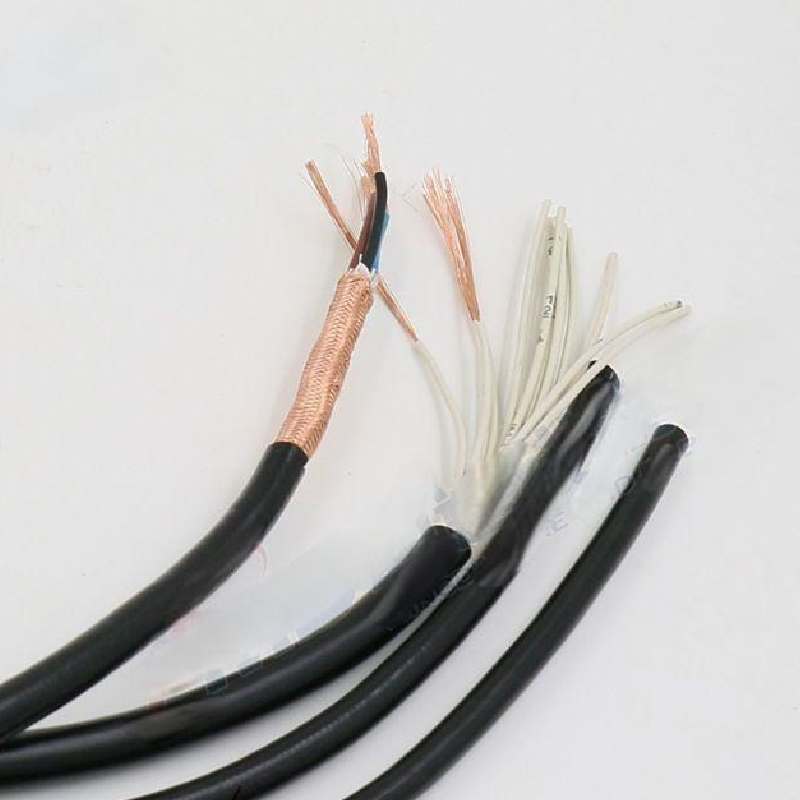Desemba . 30, 2024 23:38 Back to list
Production and Manufacturing of Wires and Cables for Various Industries
The Journey of Wire and Cable Manufacturing From Raw Materials to Finished Products
In the modern world, wires and cables are the lifelines of communication, power distribution, and a multitude of technological applications. They are the unsung heroes that connect our devices, power our cities, and facilitate the seamless exchange of information. The intricate processes that drive wire and cable manufacturing reflect a blend of traditional craftsmanship and cutting-edge technology.
The Raw Materials Copper and Aluminum
The journey begins with the selection of raw materials, primarily copper and aluminum, which are renowned for their excellent conductivity. Copper, a favorite among manufacturers due to its superior electrical properties and resistance to corrosion, is often utilized in high-performance applications. Aluminum, while lighter and more cost-effective, has gained popularity in overhead power lines and telecommunications due to its favorable strength-to-weight ratio.
Manufacturers must source these materials from reputable suppliers to ensure quality and consistency. This process often involves quality checks and certifications to guarantee that the metals meet stringent industry standards.
Wire Drawing Shaping the Conductors
Upon securing high-quality raw materials, the next step is wire drawing. This involves pulling the metal rods through a series of dies, gradually reducing their diameter and elongating the wire to the required specifications. This process allows manufacturers to produce wires in various thicknesses, depending on the application's requirements.
The wire drawing process requires precision and control, as the diameter and tensile strength must align with industry standards. Advanced machinery ensures that the wires are drawn evenly and uniformly, facilitating the next stages of production.
Stranding and Insulation Building the Cable
The stranding process involves twisting together multiple wires to form conductors. This method not only enhances flexibility but also improves electrical performance. The arrangement of these strands plays a critical role in the overall efficiency and reliability of the cable.
Following stranding, insulation is applied to the conductors. Insulation materials, such as PVC (polyvinyl chloride), XLPE (cross-linked polyethylene), or rubber, are chosen based on the cable's intended use. For example, cables destined for outdoor use require robust insulation to withstand varying weather conditions, while others may prioritize chemical resistance.
wire and cable factory

The insulation process involves a variety of techniques, including extrusion and wrapping, ensuring that the conductors are protected from external elements while ensuring optimal electrical performance.
Quality Control Ensuring Reliability
Quality control is a non-negotiable phase in wire and cable manufacturing. Manufacturers implement rigorous testing protocols to ensure that the finished products meet safety and performance standards. Tests may include electrical conductivity assessments, tensile strength evaluations, and thermal stability tests, among others.
Certification bodies, such as Underwriters Laboratories (UL) and International Electrotechnical Commission (IEC), play a crucial role in verifying that manufactured cables adhere to international standards. This step is essential to instill confidence in consumers and businesses that they are purchasing reliable and safe products.
Customization Meeting Diverse Needs
In today’s market, the demand for customized wire and cable solutions has surged. Different industries, such as telecommunications, automotive, and renewable energy, require specific cables tailored to their applications. Consequently, many manufacturers have established dedicated R&D departments to innovate and produce bespoke solutions, addressing unique challenges and requirements.
This customization could involve altering the number and type of conductors, changing insulation materials, or even adapting the cable's mechanical properties to withstand extreme environments.
Conclusion The Backbone of Modern Infrastructure
As technology continues to evolve, the importance of wire and cable manufacturing cannot be overstated. These products serve as the backbone of modern infrastructure, supporting everything from renewable energy initiatives to the connectivity of smart devices.
Manufacturers are increasingly focusing on sustainability, adopting eco-friendly practices, and developing greener materials to create a minimal environmental footprint.
In summary, the journey of wire and cable manufacturing is a fascinating interplay of materials science, engineering excellence, and innovative design. From sourcing raw materials to ensuring high-quality production, it is a complex yet crucial industry that powers our modern lives.
Share